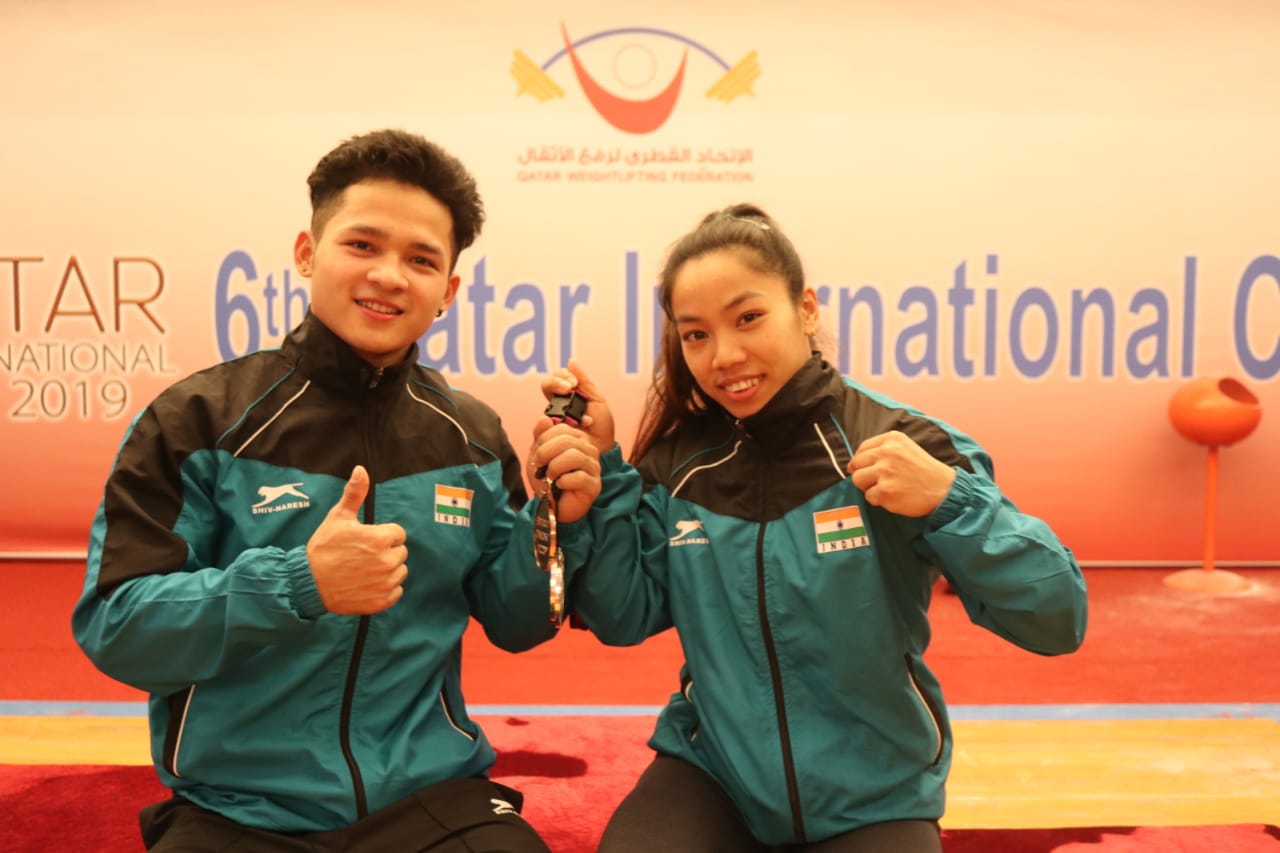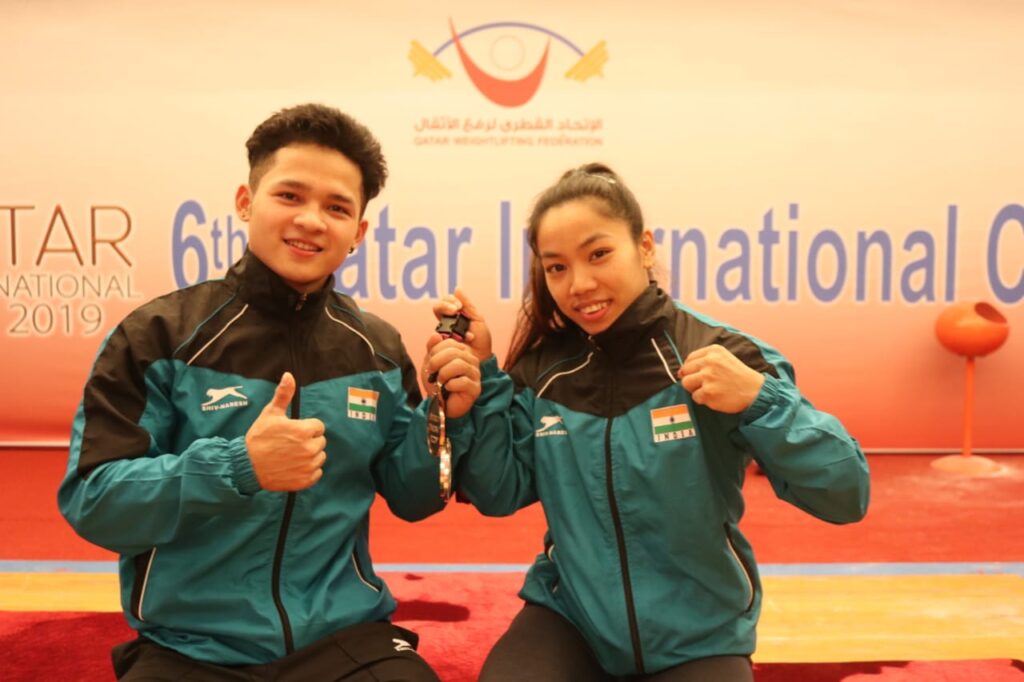
Sometime last week, the Board of Control for Cricket in India (BCCI) put out the news that Rishabh Pant, India’s premier wicketkeeper-batter – injured in a horrific car crash on New Year’s Eve – had made significant progress in his rehabilitation and had commenced batting as well as keeping at the nets. The cricket community welcomed this information with utter delight.
In fact, the BCCI released a medical-and-fitness update on five players undergoing rehabilitation at the National Cricket Academy in Bengaluru – fast bowlers Jasprit Bumrah and Prasidh Krishna, batters KL Rahul and Shreyas Iyer, as well as Pant. It gave the media and fans a fair idea of the progress being made by each of them.
“Jasprit Bumrah and Prasidh Krishna are in the final stages of their rehab and are bowling with full intensity in the nets,” it said. “KL Rahul and Shreyas Iyer have resumed batting in the nets and are currently undergoing strength and fitness drills. The Medical Team will increase their intensity in terms of both skills and strength and conditioning in the coming days.”
Viewed against that backdrop, news of Olympic silver medallist wrestler Ravi Dahiya’s Anterior Cruciate Ligament (ACL) and Medial Collateral Ligament (MCL) injuries leading to his first skipping the Asian Championships and now losing the Asian Games trial in a one-sided manner raises questions about the effectiveness of his treatment and rehabilitation.
By all accounts, Dahiya was gingerly, a shadow of his former self who would dominate rivals and make them work real hard to earn even a point. But perhaps with thoughts of a wobbly knee crippling his mind, he was a sitting duck for Atish Todkar to gleefully gun down at the Asian Games trials.
Worse, news of Jeremy Lalrinnunga, the talented weightlifter, being excluded from the national camp after he skipped the trials for the Asian Games. This came in the wake of his registering a no-lift in Clean & Jerk in the 67kg class in the Asian Championships in Jinju, South Korea, in May this year. It is being said his back has a problem, and needs attention.
Sahdev Yadav, the Indian Weightlifting Federation President, says that Lalrinnunga declined its suggestion to get his back examined and treated by Dr Aaron Horschig in St. Louis, United States of America. The Ministry of Youth Affairs and Sports was willing to underwrite the cost of his treatment and rehabilitation under Dr Horschig’s care.
It is pretty well known that Dr Horschig worked on Mirabai Chanu’s back and shoulder and helped her improve her lifting technique ahead of the Tokyo2020 Olympic Games, where she won silver. As founder of the Squat University, Dr Horschig has a solid track record of mending the broken bodies of weightlifters.
When someone of Lalrinnunga’s calibre turns down the opportunity to address his fitness concerns in St. Louis, it merits asking if India has failed in preparing its athletes to be the most professional at all times. Of course, an athlete’s right to agree or disagree with a line of treatment suggested by a national sports federation cannot be disputed.
It is a given that no athlete wants to be injured and miss out on the chance to compete in major events. But when injury does occur, either because of faulty technique or wear and tear, it is important that the athlete copes with the shock and is prepared to deal with the process of rehabilitation and the attendant shifts in emotional state.
India must embrace a system that makes athletes feel responsible to those who have helped shape their dreams. Those who invest energies in the development of such athletes must get together and find a way to sustain their interest. India cannot afford room for more athletes who feel entitled to certain needs being met by the Ministry of Youth Affairs and Sports all the time.
Of course, there are several reasons athletes shuffle away from the arc lights. Doping is one. The psychological inadequacy to manage the transition from development stage to elite is another. Sometimes, a new challenger, emerging from outside the known assembly lines, could displace an athlete who has held promise and caught the attention of all and sundry.
Sometimes, it is an injury that hastens the end of an athlete’s career. But with modern facilities and the Union Government always ready to fund the treatment and rehabilitation process of elite athletes, injuries should not anymore be a major factor contributing to the decline and fading away of talented athletes.
Can India afford to lose such talent?




